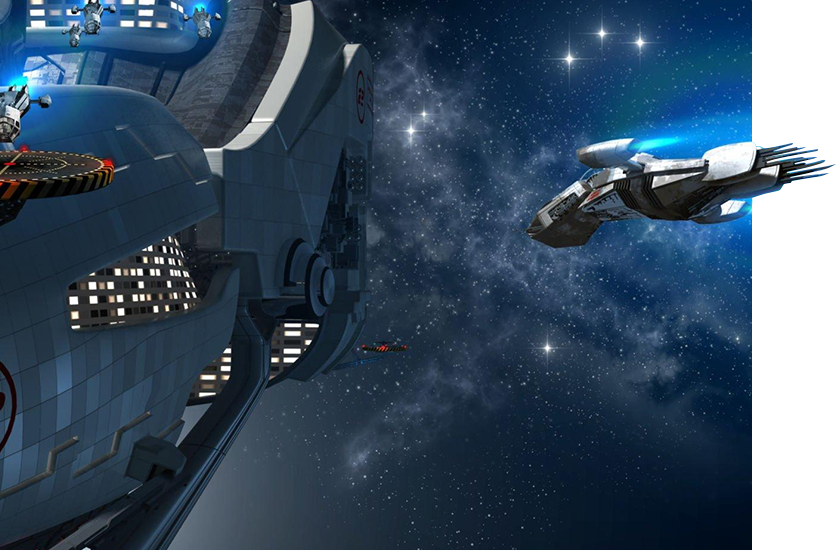A press release is a written document made to inform your reader–typically the press–of upcoming news. This may take the form of a brand or product announcement, a major milestone for your project, or inclusion in a festival or event. Press releases may seem archaic in a space where social media reigns supreme; however, those timely posts often begin with a press release. Nailing your press release determines feature coverage opportunities–and an uptick in business–so it’s vital to understand the mechanics of a press release for the highest chance of success. Most industries deliver news via press releases–especially the games industry–and here’s how it’s done.
Create a Captivating Headline
Your headline sets the tone for your press release; it appears as the first bit of information in a journalist’s inbox. Grabbing their attention with a captivating headline is often the difference between whether or not you secure coverage.
As you draft your headline, keep the following questions in mind:
- What is the most engaging aspect of my announcement?
- What impression should my reader get, and what tone will accomplish that?
- What is the appropriate length for this headline?
We’ll break these down individually. First, consider the actual content of your announcement: what makes it newsworthy? If unveiling an exciting partnership or acquisition, begin your headline with a well-known brand or group to attract reader attention. If you collaborate with a well-known IP on a project, that should be the forefront of your headline; for example, “Play as ‘Sailor Moon’ in Upcoming Action RPG.” A headline mentioning the Sailor Moon franchise grabs media attention, enticing them to read more.
You don’t need a flashy IP to guarantee press coverage; any story is engaging if appropriately presented. Your language should be succinct, punchy, and reflect the tone of the announcement; within video game PR, this means matching your language to your game’s genre. A first-person shooter evokes language such as “adrenaline-pumping, high-stakes,” and “tactical,” while a farming simulator feels “cozy,” “casual,” and “addictive.” Use target words often associated with the genre–action RPG or cozy idle game–to give your reader a feel for the tone. Ideally, your target list will include media contacts interested in your project’s platform and genre; a mobile reviewer will be stoked to see a new “Tamagotchi-inspired idle RPG” in their inbox!
If you find yourself struggling with your headline, save it for last. Drafting the press release gives you a solid idea of your tone, message, and key points, and those can be incorporated into your headline as a final step.
Nail the Mechanics
Like most genres of business writing, press releases follow a specific template. This streamlined format guides your writing process and standardizes the material journalists wade through daily. Below are the six essential parts of a press release and a brief detail of their function.
- The headline, as discussed, is the title of your press release. Averaging ten words or less, this is the first part of a pitch that your media contacts will see.
- The subtitle follows the headline, offering more details about the story you’re introducing. The subtitle may include the title, developer/publisher information, important dates, or key figures. Numbers fare exceptionally well in subheadings, as they offer bitesize performance indications.
- The dateline references the date your press release is distributed and from where. The city and country should always reflect the physical location of the project, not the writer. So, a New York-based PR writer distributing information about a game developer in Munich, Germany, will cite Munich in their dateline.
- The body of your press release is a detailed explanation of your announcement. The body addresses the “five Ws” (who, what, when, where, and why) and often includes a quote or testimonial supporting your project. The body of your press release ranges from 300-500 words, averaging 3-4 brief paragraphs.
- The boilerplate is often referenced as a press release’s “About Us” section. As with the dateline, the boilerplate reflects the company on whose behalf you’re writing the press release, not the author’s bio. The boilerplate is one paragraph and addresses an organization’s founding, purpose, executives, and social links.
- The end of a press release should always be identified with End, as it separates the text from any assets that may be attached to the email. Additionally, this allows further text to be attached to the end of your press release with your consultation.
Keep it Short and Sweet
A common mistake when drafting press releases is repeating information. This happens most often between the headline, subtitle, and first sentence of the body. As you write, focus on moving the press release forward with a few considerations:
-
- Introduce your topic
- Offer relevant context
- Anticipate common questions and address them, include quotes, links, or statistics
- End the document with contact information for further inquiries
There is no guarantee that a press release will match your coverage expectations. The media landscape is constantly evolving, and what is trending one day can be brushed over the next. Regardless of when and how it’s distributed, writing a solid press release significantly increases your media exposure and sets you on a path toward success. A consistent media presence brings your news directly to a journalist’s desk. Press releases follow a formulaic template, and becoming literate in press release writing makes you a massive asset to your company and your project. If you need help throughout the process, don’t hesitate to reach out to our team!
Let's get to work





